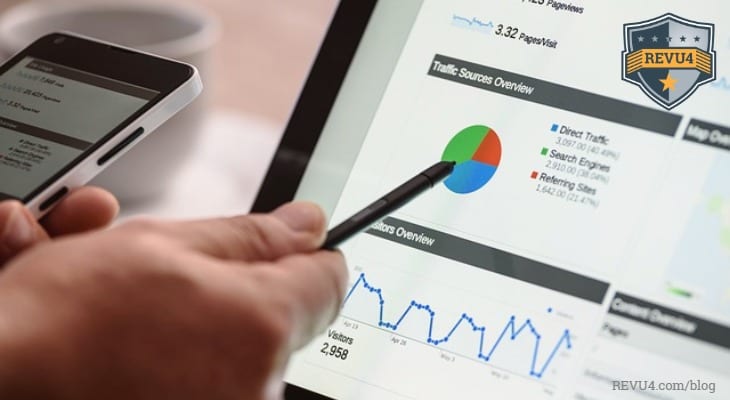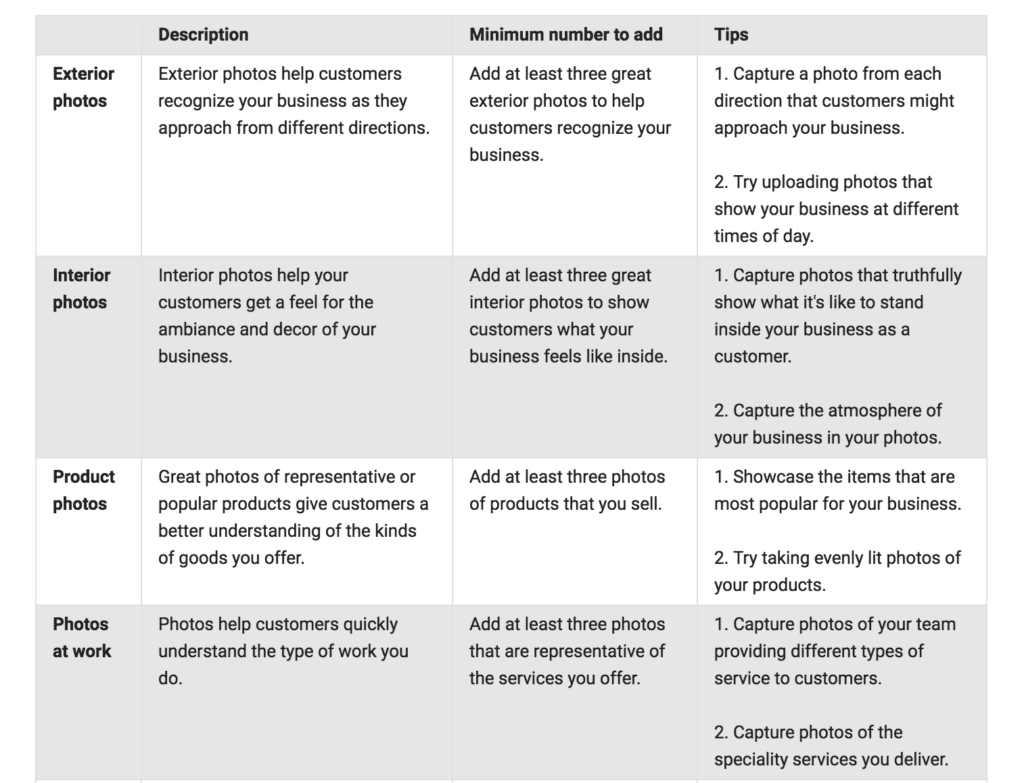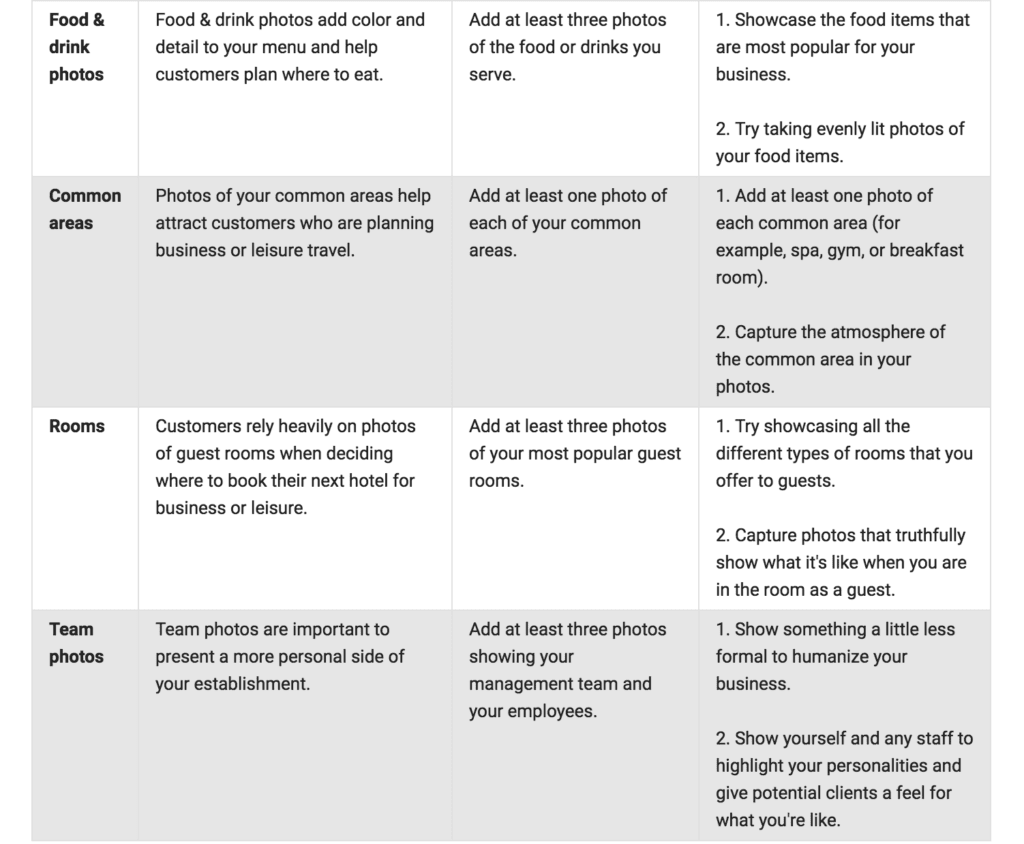Everyone is Searching
The internet has completely transformed business and culture. We’ve entered into an information golden age. You can find exactly what you’re looking for and a route to where you’re going in just a few seconds. Need to go to the airport? Easy. Want to get a rental car? Done. Hungry? No problem. If you want it, Google will find it.
- Right now, there are over 63,000 Google searches per second.
- 97% of consumers use the internet when looking for a local product or service.
- 86% of consumers check online reviews before they make a local purchase.
- Also, 91% of consumers trust online reviews just as much as personal recommendations.
- 50% of consumers who search on a phone for a local store make a visit in the same day.
- And 18% of local mobile searches lead to a sale within one day.
It’s a very clear pattern. People search, then they go, then they buy. People use and trust the internet. You need to take advantage of the facts and put yourself in a position where local consumers are finding you and your business.
Google Business Profiles (GBP) show people who are looking for that exact offer that you’re open for business. It gives them your contact info, and can even help you stand out from the crowd.
Here are some tips to help you take advantage of your Business listing.
Who is Google Business Profile For?
Google Business Profile is the primary business listing service of Google and has undergone various changes over the past couple of years. In order to be eligible, companies need to either have a physical location or have direct face-face interactions with their customers.
Google provides some additional specific guidance for Chains and Brands, Departments within other businesses, Universities and Institutions, and Individual Practitioners.
Your GBP page allows you to control how your business is presented in Google search results, maintain up-to-date useful information about the company, showcase photos, and respond to reviews. Investing a little tender love and care into your listing can attract new customers the next time they’re searching on Google.
How to Get Set Up
- Go to https://www.google.com/business/
- Enter your business name and address
- Fill out your business information and then confirm it
- Begin the Verification process.
Pro Tip: Google has started to include phone, email and Google Analytics verification, simplifying the process for business owners.
Get the Basics Right
Claiming and verifying your Google Business Profile listing is the very first step. And you wouldn’t believe how some business owners don’t even do that! Since Google wants to make sure that users find what they’re looking for, it’s essential that GBP listing is accurate with up-to-date information.
So what information is required for an optimized GBP page?
NAP (Name, Address, Phone Number)
Something as simple as the business name can really trip people up. Some companies try to ‘game’ the system by including a city name or a keyword when it’s not actually in the name of the business. That’s a no-no and can get your GBP listing censored for spam.
So, what’s the best practice for entering your business name?
Straight from the horse’s mouth:
- Use a precise, accurate address to describe your business location. PO Boxes or mailboxes located at remote locations are not acceptable.
- Provide a phone number that connects to your individual business location as directly as possible, and provide one website that represents your individual business location.
-
- Use a local phone number instead of a central call center helpline number whenever possible.
-
- Do not provide phone numbers or URLs that redirect or “refer” users to landing pages or phone numbers other than those of the actual business, including pages created on social media sites.
Your business name, address and phone number are the most important parts. Make sure to get them right. Double-check them. Then check again.
Categories
Choose specific categories that are relevant to your business. You have a much better chance to rank for something specific like “organic juice bar” or “break and muffler repair” than more generic terms like “smoothies” or “auto repair”.
Google recommends only selecting one or two categories, but unofficial tests suggest you can have as many as five categories with successful results. The important aspect of categories is that they are specific and relevant.
Website URL
It’s pretty shocking that almost a third of all small businesses do not have a website in 2018. Setting up a website for your company is easier and cheaper than it’s ever been before. Even for the technophobe, launching a website does not need to be an intimidating task.
A few benefits of including your website on your GBP listing:
- Boost your own site’s SEO.
- A link to direct traffic to your website.
- Track visits, calls and direction requests to your site with Google Business Profile Insights.
That’s HUGE.
Pro-tip: Make sure your website is mobile friendly. Mobile searches, especially for local businesses, are becoming more and more prominent. Using a non-mobile friendly website on your phone is an incredibly frustrating experience for users. Don’t leave a bad taste in their mouth by directing them to website burdened with a clunky mobile experience.
Photography
Photos of your business were once just a nice aesthetic addition to your listing that might help you stand out, but they do in fact impact search rankings.
According to Google, “Businesses with photos receive 42% more requests for driving directions to their location from users on Google, and 35% more clicks through to their websites than businesses that don’t have photos.”
There are a variety of types of photographs worth uploading:
- Preferred photo – Recommend the photo that you want your customers to see alongside your business name on Google Maps and Search. Google determines which photo will be shown first using a number of factors, like how well the photo represents the services or products the business offers. Pictures of food at a restaurant, for example, tend to rate well. Although your first photo preference is taken into account, there’s no guarantee that your preferred photo will be the first photo on Google.
- Profile photo – Add a profile photo to help your customers recognize your business on Google. Your profile photo will be featured next to your business name on your Google+ page. It should be a different photo from your business logo, which should be added in the “Logo” section.
- Logo – Add your logo to help customers identify your business. Square-sized logos display best on Google.
- Cover photo – Add a cover photo to showcase your page’s personality. Your cover photo is the large photo featured at the top of your Google+ page. Note that this photo will be cropped to fit a 16:9 aspect ratio.
- Additional photos – Add different kinds of photos to spotlight features of your business that customers consider when making purchasing decisions. You can add different kinds of photos depending on the kind of business you manage.
Their recommended best practice for photos:
- Format: JPG or PNG
- Size: Between 10KB and 5MB
- Minimum resolution: 720px tall, 720px wide
- Quality: The photo should be in focus and well-lit, and have no photoshop alterations or excessive use of filters. The image should represent reality.
Still at a loss for the types of photos worth adding to your listing? Google provides a handy chart for guidance:
Need help finding a professional photographer? Check out Google’s Trusted Photographer directory.
Business Hours
Make sure to update your business hours regularly. Since the majority of searches are for a local business, they need to know if your company is open!
Don’t forget to include holiday hours!
Remember a complete and detailed listing will increase click-through rates. The more you include the better. Customers are looking for information.
Advanced Tips
Beyond the basics, here are a few more things you can do to fully optimize your GBP listing.
- Get a better understanding of how Google Search works for local businesses.
- Try entering different local search terms to see how the results look, and where you rank:
-
- [Your business name]
- [Your business category]
- [Your business name] + [city]
- [Your business category] + [city]
- [Your business category] + “near me” (or other synonyms)
- Research your local competitor’s listings and study why some might be ranking higher than others.
- Encourage customers to leave positive reviews on your GBP listing. One of the most prominent GBP features that shows up in search (and maps) is your star rating. Having a high rating will greatly increase click-through rates. Reviews are extremely important for any local business.
- Also, encourage customers to check in at your location and upload their own photos of your business. Google loves it when customers engage with your GBP listing and will reward that engagement with better search rankings.
- One last tip, and an entirely different can of worms, is to use paid social ads or AdWords to bring more customers to your business.
-
- For more robust features for more comprehensive advertising campaigns – Try AdWords
Using Google Business Profile Will Help You Get More Leads and Sales
Think about it. It’s basically free advertising. Why not get started? The better your listing, the more return on investment you’ll receive. Google search plays a huge part in local business. Give it a shot. Nail the basics, and focus on your customers. That’s really the biggest thing.
Who are you trying to attract? Build a profile that they will like. Create exposure for your business and grow your customer reviews.
Len is the owner and Creative Director of Quiet City Design, a full-stack media marketing company based in Toronto, Canada. He is passionate about helping his clients leverage the internet to improve business online and offline. Those methods include website development and digital marketing as well as online review reputation management and online scheduling and appointment booking platforms for local business owners.



